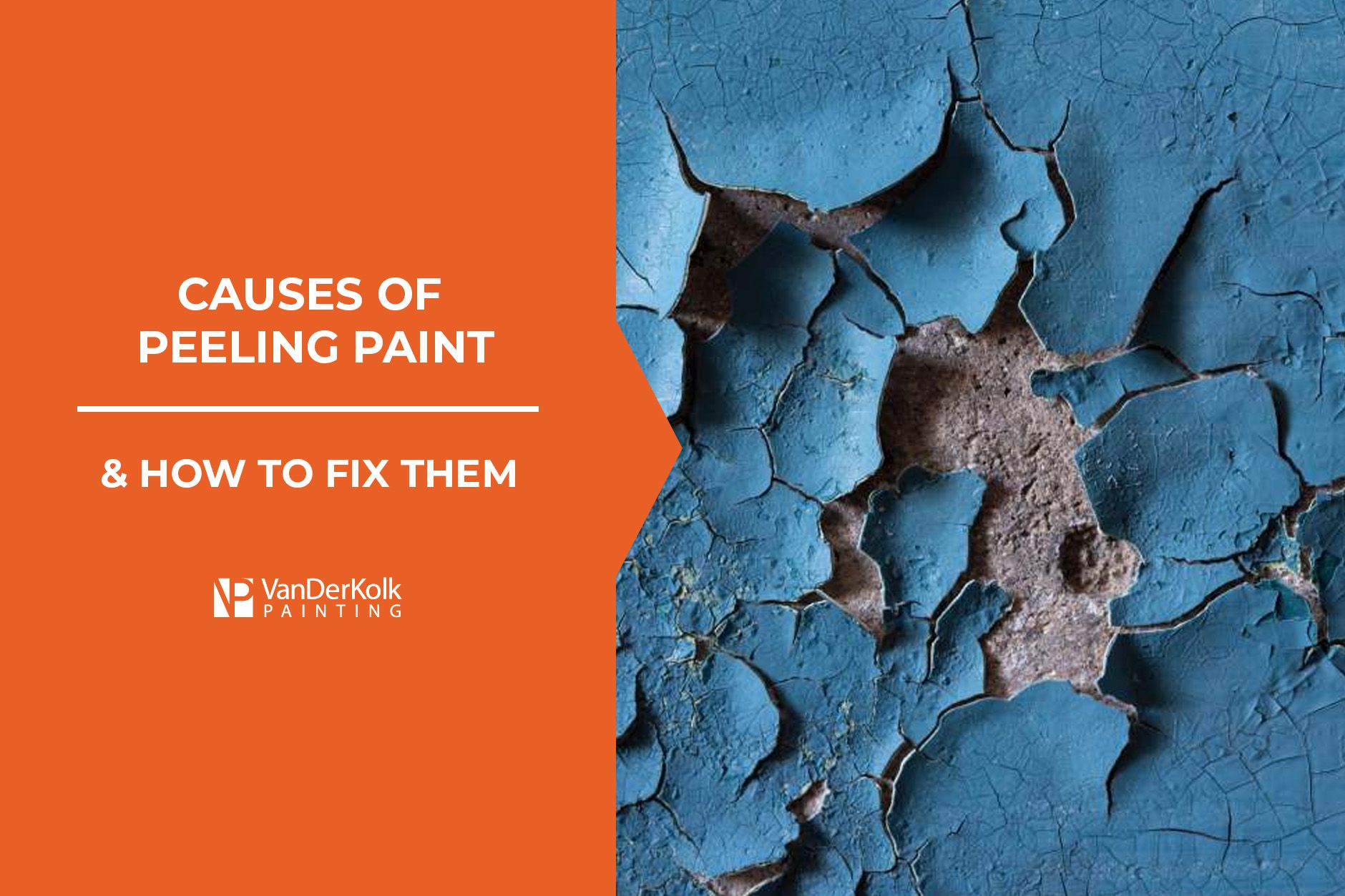Understanding Paint Peeling
Paint peeling, sometimes colloquially referred to by phrases like "peel as paint," signifies the detachment of a paint film from its underlying substrate or from a previous layer of paint. This is a common defect indicating a failure in paint adhesion, which can manifest in varying degrees of severity, from small flakes to extensive sheets.
Key Causes of Paint Peeling
The primary reasons for paint peeling are critical to identify for effective remediation and prevention:
- Moisture Intrusion: Excessive moisture or water vapor penetrating behind the paint film is a leading cause. This can originate from leaks, high ambient humidity, condensation, or water migrating through the substrate. The moisture breaks the adhesive bond between the paint and the surface.
- Inadequate Surface Preparation: This is a frequent contributor. Painting over dirty, greasy, chalky, or glossy surfaces without proper cleaning and dulling prevents the new paint from adhering correctly. Failure to prime bare wood, metal, or porous surfaces, or using an incompatible primer, also leads to peeling.
- Incompatible Paint Layers: Applying an oil-based (alkyd) paint over a latex (acrylic) paint, or vice-versa, without proper surface preparation and priming can result in poor adhesion and subsequent peeling as the layers expand and contract at different rates.
- Paint Age and Degradation: Over time, paint films lose elasticity and adhesion due to weathering, UV exposure, and temperature fluctuations, becoming brittle and prone to cracking and peeling.
- Poor Quality or Incorrect Paint Type: Using low-quality paints with inferior binding agents or selecting a paint type unsuitable for the specific substrate or environmental conditions can lead to premature failure.
- Application Errors: Applying paint too thickly, resulting in insufficient curing and stress on the film, or applying it in adverse weather conditions (too hot, too cold, or too humid) can compromise adhesion.
- Substrate Issues: Problems inherent to the material being painted, such as efflorescence on masonry (salt deposits pushing the paint off), or excessive movement in wood due to moisture changes, can cause paint to peel.
Identifying Paint Peeling
The visual symptoms of paint peeling are generally straightforward:

- Flaking and Scaling: Small, brittle pieces of paint lifting and detaching from the surface.
- Blistering: Bubbles or blisters forming on the paint surface, often indicating moisture or solvent entrapment, which can eventually rupture and peel.
- Cracking: Development of cracks in the paint film, which can be an early sign of adhesion loss and a pathway for moisture ingress, leading to peeling. Types include alligatoring (pattern resembling alligator skin) or mud-cracking.
- Delamination: Larger sections or sheets of paint separating from the substrate or underlying coats.
Solutions and Preventative Measures
Addressing paint peeling effectively requires both correcting the existing problem and implementing preventative practices for future applications:
- Diagnose and Rectify the Root Cause: Before any repair work, identify and eliminate the underlying cause of peeling. For instance, repair leaks, improve ventilation to reduce humidity, or address issues with the substrate.
- Thorough Surface Preparation:
- Remove Loose Paint: All peeling, flaking, and unsound paint must be completely removed using scrapers, wire brushes, or sanders. Feather the edges of the remaining sound paint to ensure a smooth transition.
- Clean the Surface: Wash the surface to remove dirt, grime, mildew, and chalk. Use appropriate cleaning solutions (e.g., trisodium phosphate or specialized paint prep cleaners). Rinse thoroughly and allow the surface to dry completely.
- Prime Appropriately: Apply a high-quality primer suitable for the substrate and the chosen topcoat. Bare wood, metal, stains, and porous surfaces require specific types of primers to ensure adhesion and block stains.
- Select Quality Materials: Use high-quality paints and primers appropriate for the specific application (interior/exterior, substrate type, environmental exposure).
- Correct Application Techniques:
- Follow manufacturer recommendations for application conditions (temperature, humidity).
- Apply paint at the recommended film thickness; avoid over-application.
- Allow adequate drying time between coats as specified by the paint manufacturer.
- Consider Lead Paint Hazards: Important: If working on structures built before 1978, the peeling paint may contain lead. Take appropriate safety precautions, including using lead-safe work practices and proper personal protective equipment (PPE), or hire a certified lead abatement professional.







